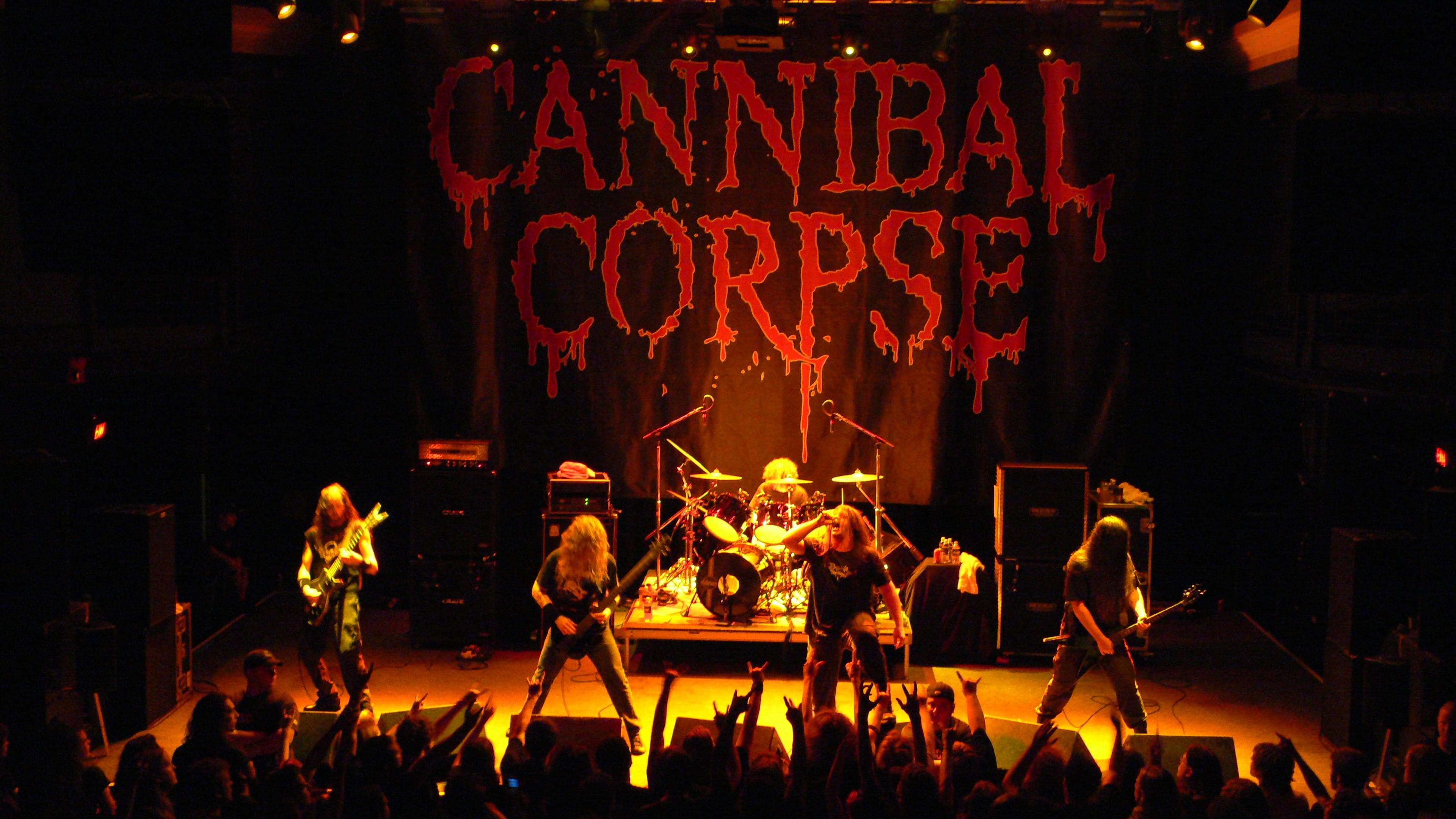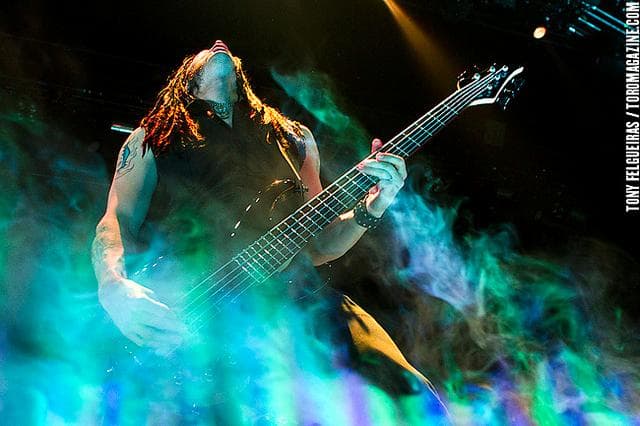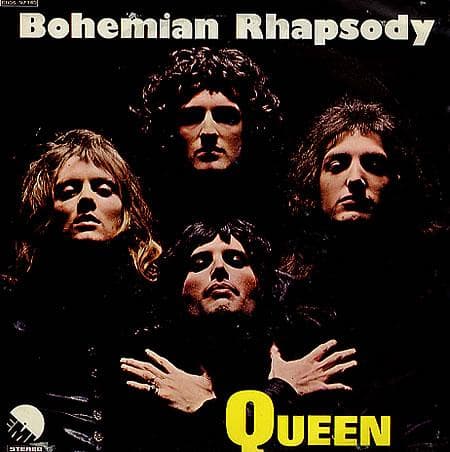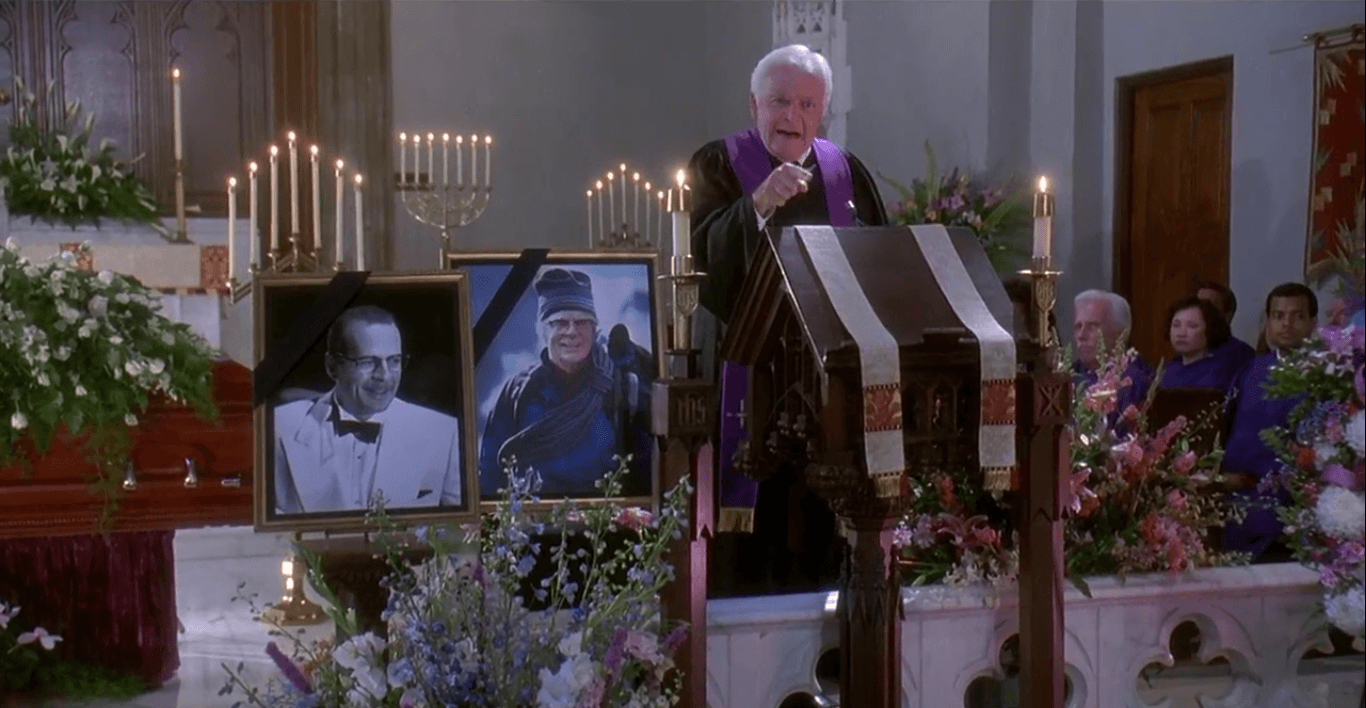-
(#1) Sacco and Vanzetti
Italian immigrants Nicola Sacco and Bartolomeo Vanzetti were executed in 1927 after a highly contested series of trials over the shooting of a security guard and paymaster during a 1920 armed holdup. The trials are now seen to be highly flawed, featuring a poor defense, conflicting witnesses speaking in thick Italian accents, and evidence of the jury tampering with evidence. The men were followers of Italian anarchist Luigi Galleani, and anti-Italian sentiment almost certainly played a role in their execution.
After their convictions, the accused men waged a six-year legal battle that went all the way to the Supreme Court twice, with numerous public figures calling for new trials. Another man even confessed, ex-convict Celestino Madeiros, but the die was cast, and the two men went to the electric chair on August 23, 1927. Historians still debate whether either man really pulled the trigger, although dubious forensic evidence later indicated that Sacco's gun was used in the incident.
-
(#2) George Stinney
- Dec. at 15 (1929-1944)
In 1944, George Stinney Jr. was found guilty for allegedly forcing himself on and then taking the lives of two pre-teen girls. The only "evidence" against Stinney was that he'd spoken with the two girls at some point before their passing. An all-white jury deliberated for 10 minutes, after a trial that took just a day. At 14, Stinney was the youngest person executed in the US in the 20th century - with less than three months passing between the incident and his execution.
In 2013, a local historian persuaded a South Carolina circuit court to reopen the case. Stinney was given a new trial and exonerated because the boy's defense attorney had taken no action on his behalf, and Stinney had been beaten into confessing.
-
(#3) The Scottsboro Boys
Even 80 years later, the phrase "Scottsboro Boys" is shorthand for capital punishment sentences doled out due to race. Based on the judgment of all-white juries, nine Black teenage boys were found guilty of assaulting two white women on a freight train in 1931. Eight were sentenced to the electric chair. The ninth boy, at only 13 years old, was sentenced to life in prison. The proceedings were a farce from the beginning, with all nine trials being handled in just one day, last-minute defense attorneys, and a lynch mob demanding the surrender of the teenagers outside the court.
The convictions led to demonstrations around the country, and the case eventually made it to the Supreme Court. The convictions were reversed because of the lack of an adequate defense, with charges being dropped against four of the men. After numerous appeals, retrials, and reversals, none of the men were executed, though many served long prison terms - all based on conflicting evidence.
-
(#4) Caryl Chessman
- Dec. at 39 (1921-1960)
Caryl Chessman became a key figure in anti-death penalty sentiment in the 1950s after being convicted of numerous offenses in 1948 under the pseudonym the "Red Light Bandit." The jury determined that Chessman had caused bodily harm during one of the alleged kidnappings, making him eligible for capital punishment - despite none of the victims actually dying.
From death row, Chessman wrote books maintaining his innocence and insisting that his original confession had been coerced through torture. His trial became a media circus, with Chessman defending himself and a botched transcript that was noticeably edited after the court stenographer's unexpected passing. There was widespread outrage over the case, and Chessman had numerous public figures clamoring for a new trial, including former first lady Eleanor Roosevelt, writer Ray Bradbury, and poet Robert Frost.
On May 2, 1960, Chessman finally went to the gas chamber at San Quentin Prison - just as a legal secretary called with news that a federal judge had issued one more stay of execution. But by the time the news reached prison officials, Chessman was gone.
-
(#5) Cameron Todd Willingham
- Dec. at 36 (1968-2004)
In 1991, Cameron Todd Willingham was convicted of intentionally ending his three daughters in a Texas house fire. He refused to plead guilty at his trial, even though doing so could've spared him the lethal injection. Almost as soon as he was apprehended, skepticism emerged about whether the fire was deliberate. Willingham's defense was also hampered by unreliable witnesses, and prosecutors were never able to establish a clear motive for arson.
After Willingham's conviction, fire inspector Gerald Hurst engaged a thorough review of the case and concluded there wasn't enough evidence to indicate arson. Hurst's report was sent to Governor Rick Perry, who ignored it, and Willingham was executed on February 17, 2004.
After his passing, additional reports concluded that the evidence for arson was unconvincing, and if the jury had been given key exonerating information, Willingham would have been acquitted. In 2009, a formal review of the case was carried out by the Texas Forensic Science Commission, who found that the declaration of arson was unfounded.
-
(#6) Napoleon Beazley
Napoleon Beazley shot 63-year-old businessman John Luttig in Texas on April 19, 1994, in an attempt to snag Luttig's Mercedes. He also fired on Luttig’s wife, but she survived by playing possum. Beazley was a few months shy of his 18th birthday at the time of the offense.
Along with two accomplices, Beazley was apprehended, convicted, and sentenced to receive capital punishment. Before his execution date, the Supreme Court began reviewing the law around sentencing juveniles to their end. They also reviewed Beazley's case, although three of the nine justices recused themselves because the victim's father was a judge that they had worked with. The review came too late for Beazley, who was executed on May 28, 2002.
A few years later, the Supreme Court ruled that the execution of juveniles was cruel and unusual punishment and therefore illegal under the United States Constitution - meaning Beazley was one of the last juveniles to be executed in the US.
-
(#7) Kelsey Patterson
- Dec. at 50 (1954-2004)
Kelsey Patterson was convicted of shooting Louis Oates, 63, and Dorothy Harris, 41, at their workplace in Palestine, Texas. Patterson shot Oates in the back of the head, left, then came back to end Harris when he heard her screams at discovering Oates's body.
Patterson had been diagnosed with paranoid schizophrenia after two other non-fatal shootings, where was deemed unfit to stand trial. After Oates and Harris, it was reconfirmed Patterson suffered from schizophrenia - specifically, the delusion that he was being controlled by aliens. Despite this, Patterson stood trial, where he was convicted and sentenced to receive capital punishment.
The Texas Board of Pardons and Paroles advised the reduction of Patterson's sentence to life imprisonment on the grounds of mental illness. Governor Rick Perry overruled the board because Texas didn't have a sentence of life in prison without the possibility of parole. Patterson was executed in May 2004.
-
(#8) Teresa Lewis
- Dec. at 41 (1969-2010)
Teresa Lewis was found guilty of the ending the lives of her husband and stepson in October 2002, as part of a scheme to cash in on their life insurance. She hired her 22-year-old beau and another man and gave them money to buy the guns they used to target the victims. The men broke into Lewis's home and ended the husband and stepson, after which Lewis waited almost an hour to call the police.
During the trial, Lewis was found to have an IQ of 72, only 2 points above the national standard that would have deemed her intellectually disabled and not fit to stand trial. Despite this, Lewis was executed in September 2010 - while the two men she hired were given life in prison.
-
(#9) Humberto Leal Garcia
- Dec. at 38 (1973-2011)
Humberto Leal Garcia was convicted of snatching, assailing, and inevitably ending the life of 16-year-old Adria Sauceda in 1994. Leal, a Mexican citizen, was not informed of his right to contact the Mexican Consulate. Prosecutors alleged that Leal incriminated himself and never told police he was a Mexican national. It was soon found that Leal was not the only Mexican inmate in an American prison or on death row to have been denied this right - a lack of due process that became an international controversy.
The International Criminal Court in the Hague ruled that these inmates, about 50 in all, had been denied their rights under the Vienna Convention, meaning their cases had to be reviewed. The Supreme Court said that the decision by the international court was binding, but without a law obliging states to abide by the decision, it had no legal standing.
As Leal's execution date approached, President Obama asked the Supreme Court to award clemency in order to preserve America's standing on the world stage. The Supreme Court denied the petition, and Leal received the lethal injection on July 7, 2011.
-
(#10) Johnny Garrett
- Dec. at 29 (1963-1992)
In 1992, Johnny Frank Garrett received the lethal injection in Texas for the stabbing and assault of Sister Tadea Benz, a 76-year-old Roman Catholic nun. Garrett, 17, reportedly had learning disabilities and suffered from multiple personalities as a result of childhood trauma. The case was founded on Garrett's admission of guilt, yet the minor had not signed the confession he claimed he was coerced into making.
Multiple witnesses who contradicted the timeline of the incident maintain that Garrett had been elsewhere. Garret was found guilty based on circumstantial evidence that forensics did not corroborate.
-
(#11) Troy Davis
Troy Davis was convicted of ending the life of off duty police officer Mark MacPhail on August 19, 1989. MacPhail was working as a security guard when he went to the aid of a homeless man who was being harmed in a nearby parking lot. Someone then shot MacPhail. Davis was apprehended, and nine witnesses implicated him as the culprit, with several claiming Davis had confessed to them.
The defense hinged on the fact that there was no DNA evidence and the weapon was never found. Affidavits were also provided in which seven witnesses recanted their statements about the night of the incident, with several accusing another man of being the culprit.
The case provoked international outrage and pleas for clemency by high profile public figures, including former US President Jimmy Carter. By the date of execution, nearly one million people had signed a petition to the Georgia Board of Pardons and Paroles to grant a stay of execution. Even so, Davis received the lethal injection on Sept 21, 2011.
-
(#12) Dennis McGuire
- Dec. at 54 (1960-2014)
In 1989, Dennis McGuire was convicted of assailing 22-year-old Joy Stewart and ending the lives of her and her unborn baby. Subsequently, he was sentenced to receive capital punishment. While McGuire appealed his sentence several times on the basis of a poor defense and a turbulent childhood, his pleas were denied.
The truly controversial element of McGuire's execution was the state used an untested combination of drugs, including midazolam and hydromorphone. The drug cocktail is intended to sedate the inmate, slow his breathing, prevent pain, and bring on a calm and quick end. However, McGuire took 24 minutes to pass and could be seen writhing in pain, choking, and gasping for air
Attending doctors claimed the spasms were not painful and that McGuire was entirely unconscious. The case caused controversy throughout the US and led the state of Ohio to increase the dosage of the drugs to ensure an easier passing for the next execution.
-
(#13) Carlos DeLuna
In 1989, the state of Texas gave Carlos DeLuna the lethal injection for the 1983 slaying of convenience store clerk Wanda Lopez. Eyewitness testimony was conflicting, and despite the crime scene, forensic evidence found no blood on the accused. DeLuna was found guilty, yet he maintained his innocence.
In 2006, the Chicago Tribune reported that savage felon Carlos Hernandez had bragged about stabbing Lopez to friends and family, indicating that DeLuna was wrongly condemned. Prosecutors claimed Hernandez was a figment of DeLuna's imagination that he made up to exonerate himself.
New Random Displays Display All By Ranking
About This Tool
The death penalty has been controversial before. Since the reinstatement of the federal death penalty in the United States in 1988, there have been only three federal executions so far. Every time the death penalty execution would protest by human rights and religious people, they do not believe that the US court’s death penalty verdict is fair, and believes that it is prone to prejudice.
Facts have proved that the judicial system is indeed not foolproof. In the 21st century, the number of death sentences and executions in various states has fallen sharply. The random tool explained 13 of the most controversial death penalty executions in American history.
Our data comes from Ranker, If you want to participate in the ranking of items displayed on this page, please click here.





















